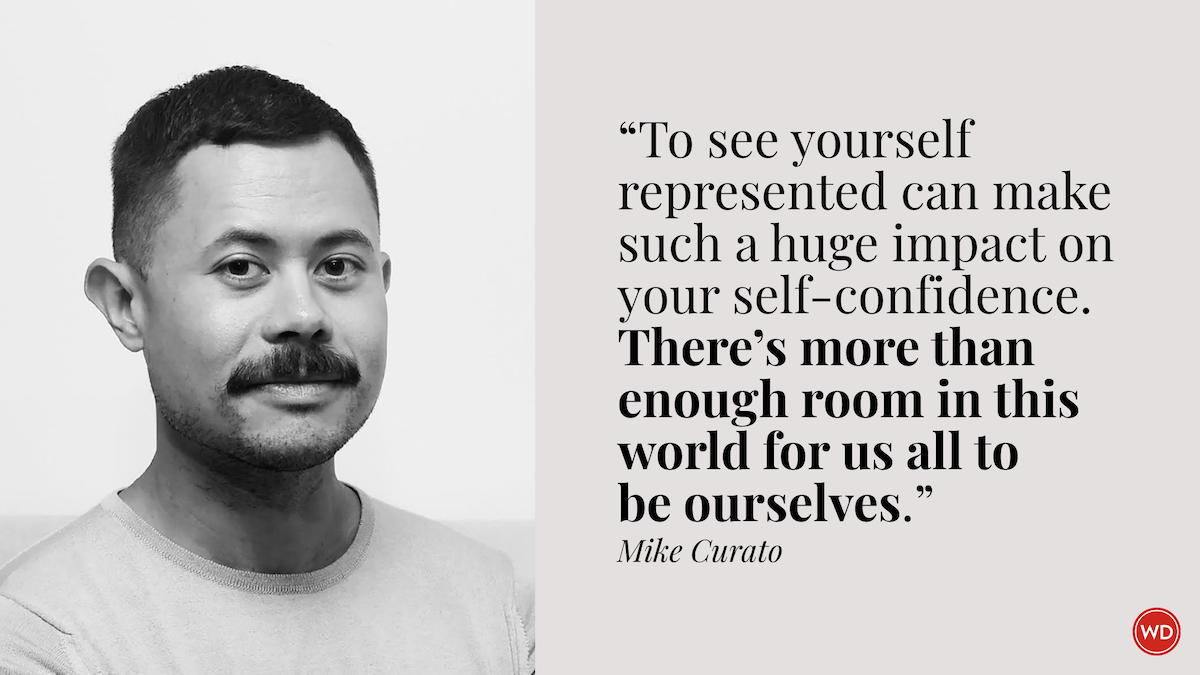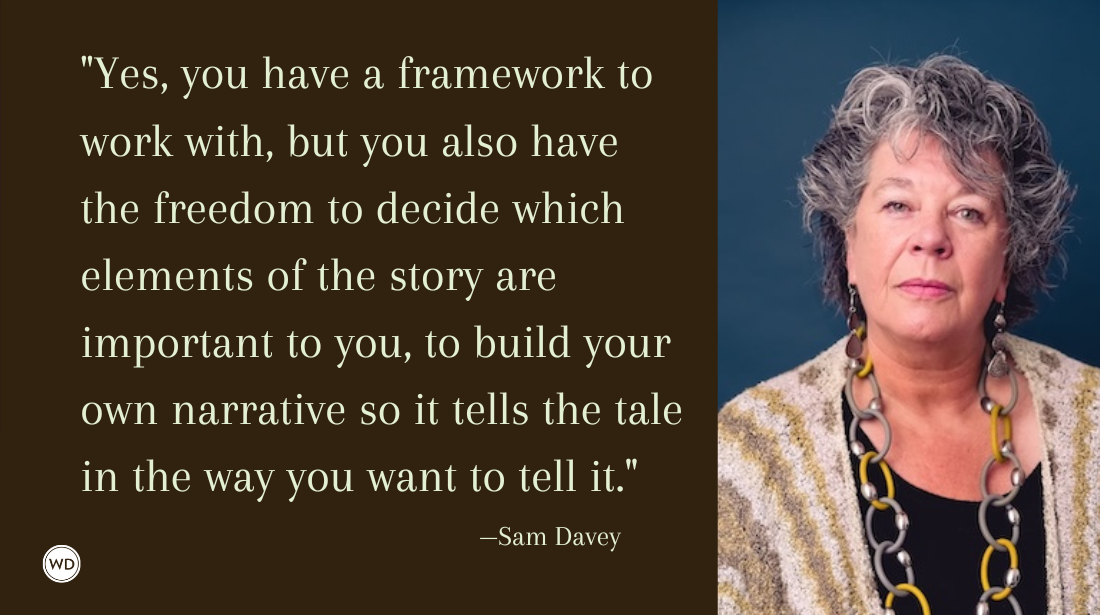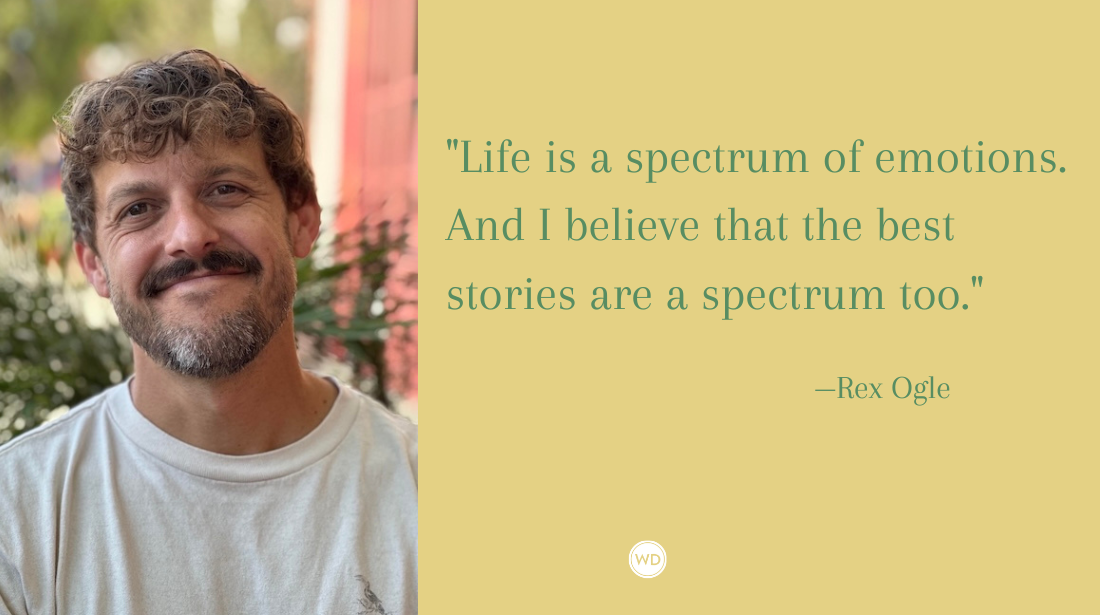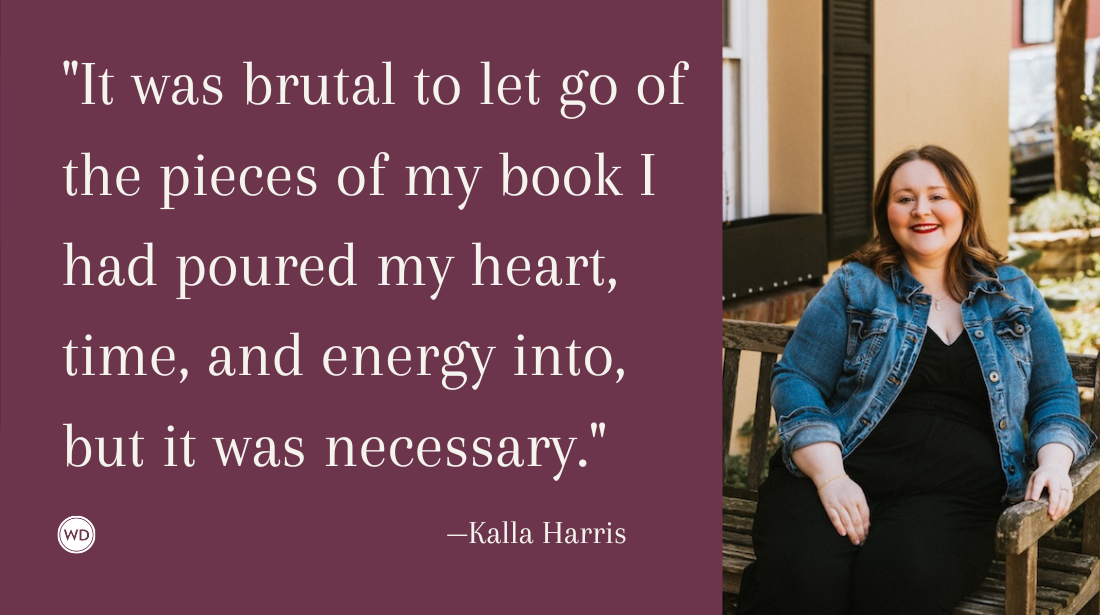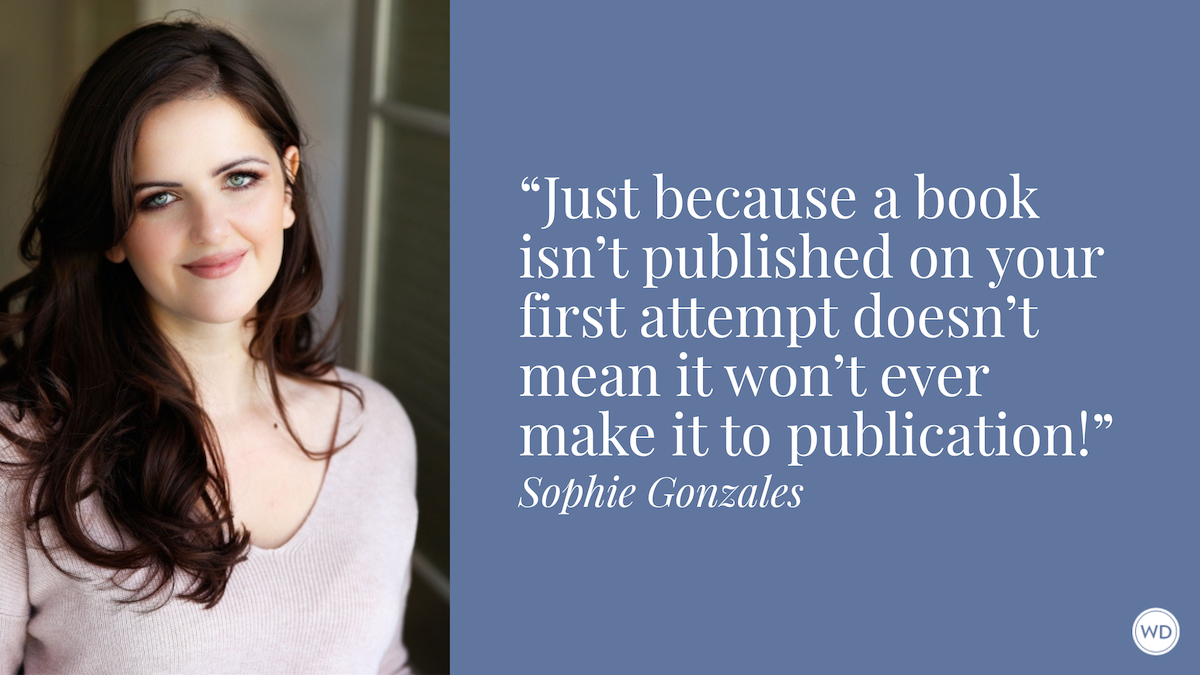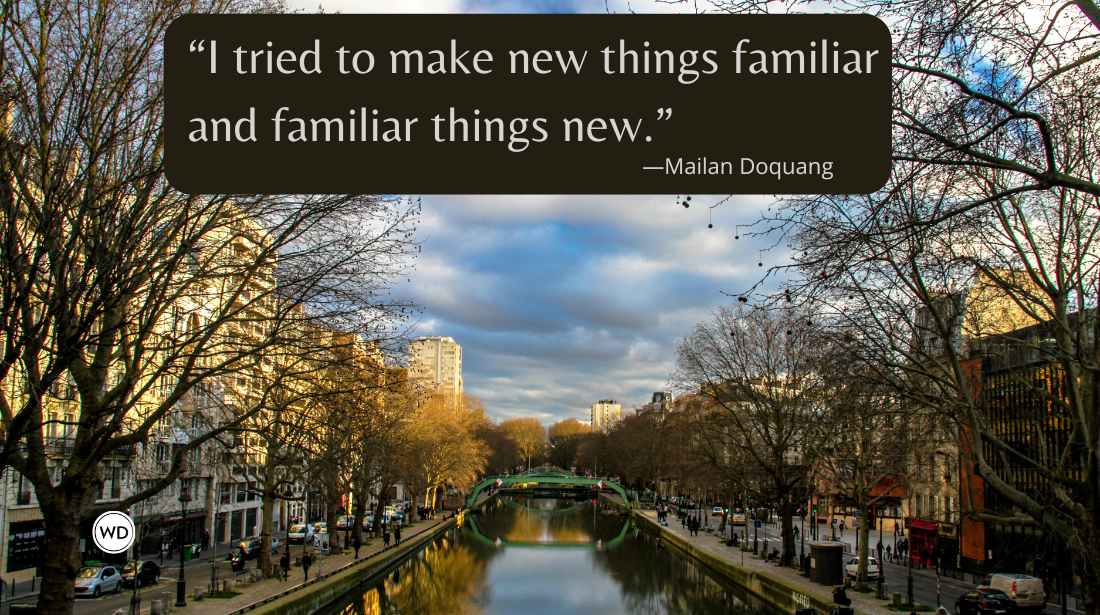How Journalism Helps Me Write Fiction (and Vice Versa)
Author Bryan Gruley shares how journalism has helped him write fiction over the years (and, of course, vice versa).
Question: Is it harder to write nonfiction or fiction?
Answer: Yes. But one can help the other.
I’ve written thousands of nonfiction articles and six novels. I think of both as sculpture. In nonfiction, you start with a mound of clay consisting of interviews, documents, and observations. Constrained by the pile’s contents, you carve it away until what remains is your story. With fiction, the mound is limitless, including anything you’ve ever experienced or can imagine. You have more choices, but you’re constrained by nothing but the desire to connect with readers. But both forms have much in common.
In 41 years as a journalist, I gravitated toward long-form narratives that employed the scenes, tension, and dialogue typical of fiction. 25 years ago, I started writing novels. Over time I learned that my years as an assembler of facts prepared me to concoct made-up tales. You certainly don’t have to be a journalist to write novels. But it doesn’t hurt.
Here are some lessons I learned along the way that may open up creative problem-solving possibilities for aspects of your fiction, too.
Lessons I learned:
The What Reveals the Why.
Years ago, a jury held a gun maker liable in a murder case. So-called experts predicted a dire future for the industry. Two colleagues at The Wall Street Journal interviewed jurors and learned that what happened during deliberations was diametrically opposite what “experts” proclaimed. The gun makers were saved.
Good journalists strive to determine why things happen—sometimes without knowing what really transpired in a jury box, cloakroom, or police precinct. Fiction writers can fall into a similar trap when they ponder higher meanings before simply putting characters in a situation and seeing what transpires. Real or not, just tell a story you wouldn’t mind telling your best buddy over a beer.
In my debut, Starvation Lake, the protagonist, Gus Carpenter, visits a supermarket to ask a cashier a single question. I figured he’d be in and out in a paragraph. But Gus struck up a chat with the cashier. That unexpected exchange—the what—helped me understand something—the why—that profoundly changed the novel. Just as nonfiction can illuminate if you learn the facts, fictional characters will surprise if you put them on the page and let them behave.
Keep the Reader in the Room.
I once wrote a front-page story for the Journal that started: “Five weeks ago, David Gutowski, a self-employed painter, killed a six-point buck with his bare hands and a brown leather belt.” The prose was hardly literary, but I can assure you it induced a WTF reaction in readers. I’d invited them into my story-room. They accepted.
Alas, impatient readers will exit if you offer a trap door like, say, a thumb-sucker quote about what it means to slay a helpless animal. Instead, I kept facts coming: “After strangling the white-tailed deer, Mr. Gutowski gutted it and hung it in his garage. Then a state conservation officer came to confiscate the animal. She explained that Michigan has seasons for killing deer legally with guns or bows-and-arrows. There is no season for garroting deer.”
The reader thinks, how the hell did this happen? The story’s momentum relies not on scintillating prose or penetrating analysis, but on the stacking of concrete facts that propel readers from one sentence to the next. You might argue that readers of fiction are more forgiving because their expectations are different. No, I say, from hard experience. Readers, especially those of crime fiction, want to be entertained on every page. As Elmore Leonard said, “Try to leave out the parts that readers tend to skip." Journalism, with its relatively tight form, drilled that into me.
Shorter Is Usually Better.
Whenever I finished a first draft of a long newspaper or magazine feature, I printed it and marked it up with a felt-tip pen. I loved striking out words and sentences because over time I came to believe that when a story was getting shorter, it was getting better.
That’s just as true in fiction. It’s math: Deleting unnecessary words makes room for necessary ones. The reader reads faster and is more likely to stay with you. So I exercise the same print-and-mark-up discipline with fiction that I learned writing nonfiction. Then, as I input the hundreds of mark-ups, I change those changes yet again. It’s fun. Honest.
Deadlines Are Your Friend.
Early in my career, I felt intimidated by having to produce something by a definite time. The more I did it, though, the more I thought of the deadline as a benign motivator: You must get it done, so you will. On September 11, 2001, I had to write a 3,000-word, front-page story in about three hours, using 30,000 words of copy being flung at me minute-by-minute from reporters around the world. Every twenty minutes or so, I sent editors chunks of six or seven paragraphs each. Those short, periodic deadlines rendered the bigger deadline irrelevant, freeing me to do what had to be done.
Novels, of course, involve more words. But the feeling for me is the same. I have a June 1 deadline for my next novel. As I write this, I’ve completed about 60,000 words, with 30,000 or so to go. With 13 weeks before my deadline, my calculator says I must write about 2,500 words a week—roughly, a couple of chapters—or 350 to 400 words daily. That’s doable (heck, I have pals who write 2,700 words a day). A wise writer once told me never to think about the entire project, lest it become overwhelming. Simply focus on that day’s task: a scene, some research, an exchange between characters.
Transport the Reader.
I’ve written many nonfiction pieces from small towns: Regent, North Dakota; Hill City, Kansas; Trenary, Michigan. I constantly sought details that would take the reader in New York or Los Angeles to those places: the sound of windmills, the smell of a slaughterhouse, the angled parking spots along Main Street. I drew maps so I could refresh my memory when back at the office. (I also pilfered phone books from hotel rooms.)
In my experience, readers are more likely to keep reading if they feel part of a landscape they can picture, hear, smell, and taste. These sorts of details are both particular and universal: Almost anyone can appreciate the air tasting of mustard and hamburger grease at the final game at Detroit’s Tiger Stadium.
All this trained me well for creating the fictional burgs of my novels: Starvation Lake, Bleak Harbor, and now, Bitterfrost. All are based on Michigan towns, with embellishments I stole from the far-flung places I visited as a journalist.
Wherever you are, keep your eyes and ears and nose open for things that will your make your invented places come alive. Force yourself to go to places that might look like the ones you’re trying to create in your novel or short story. Take notes. And take photos. Cameras are terrific note-takers, and you’ll see something in your pictures you didn’t notice in person.
One last thing: always, always, always get the name of the dog.
Check out Bryan Gruley's Bitterfrost here:
(WD uses affiliate links)



